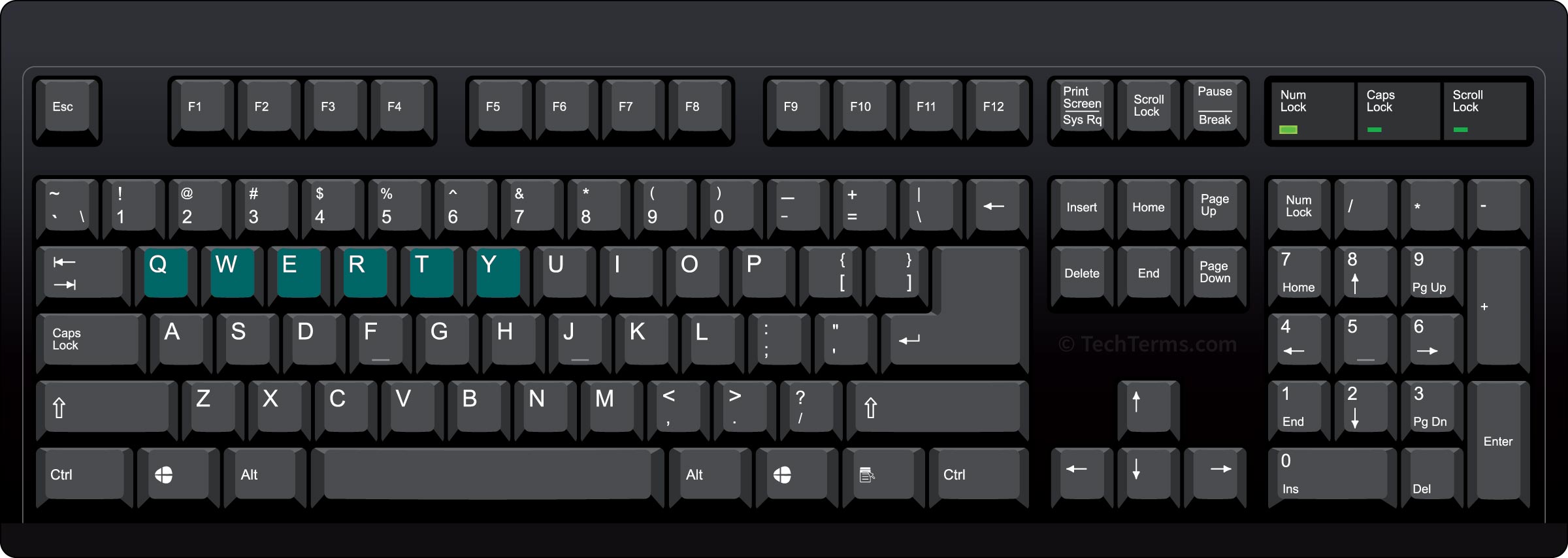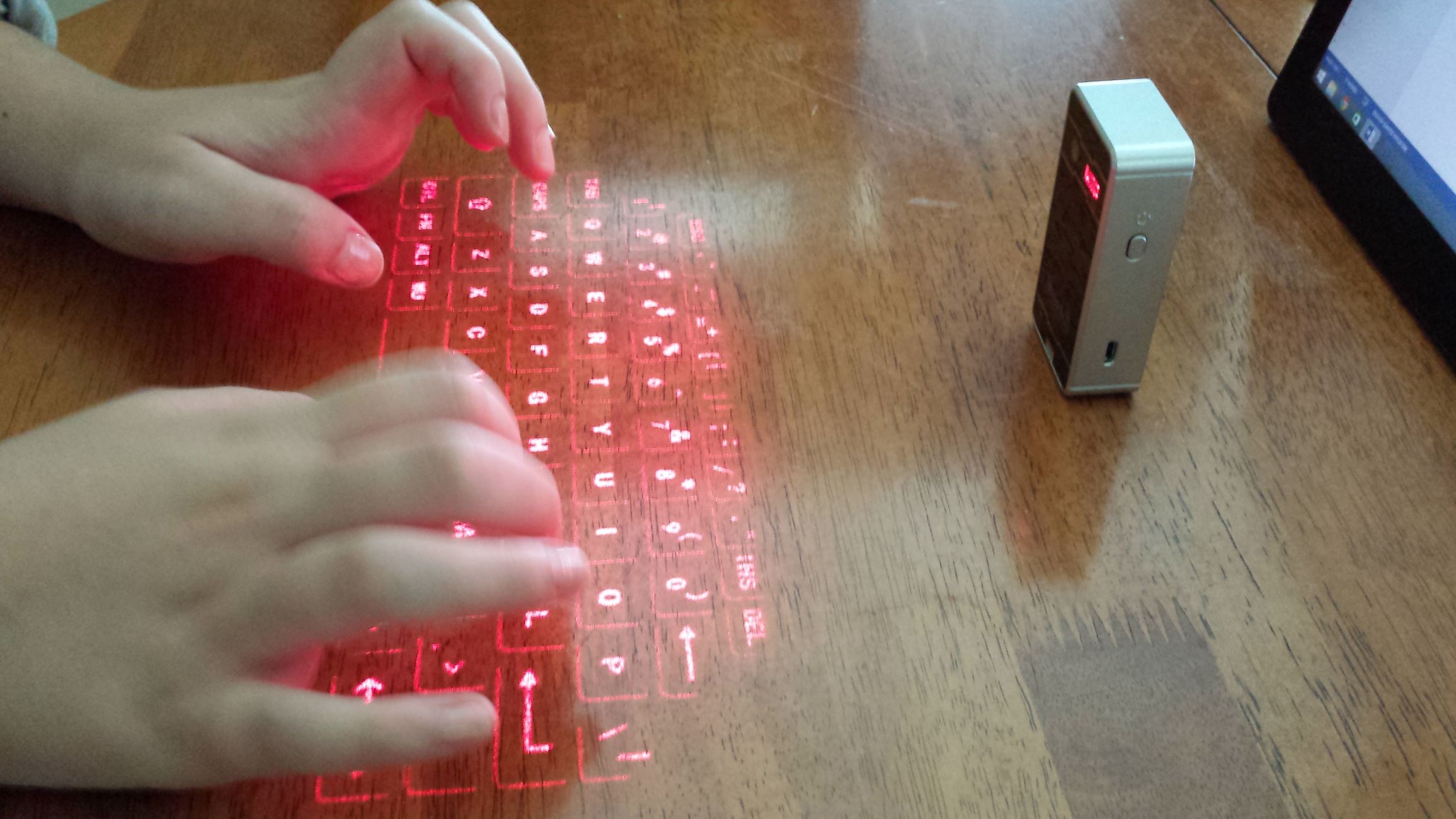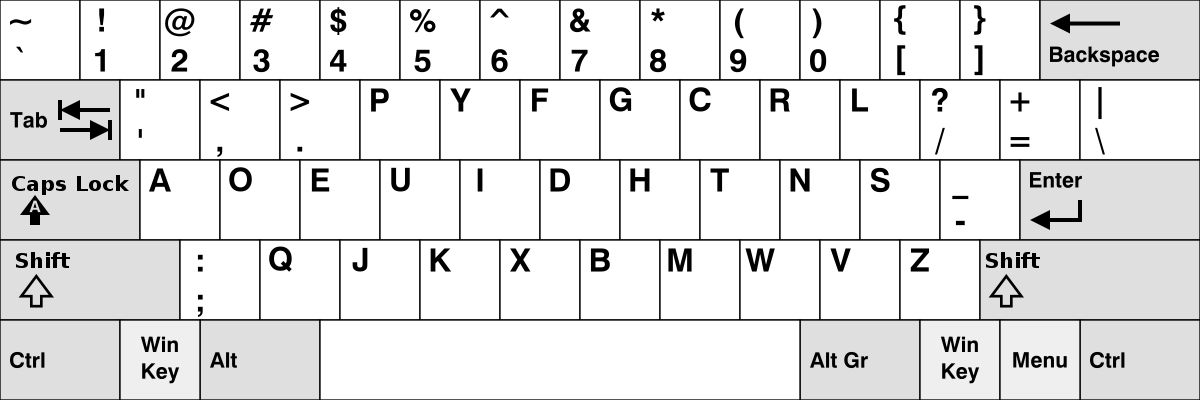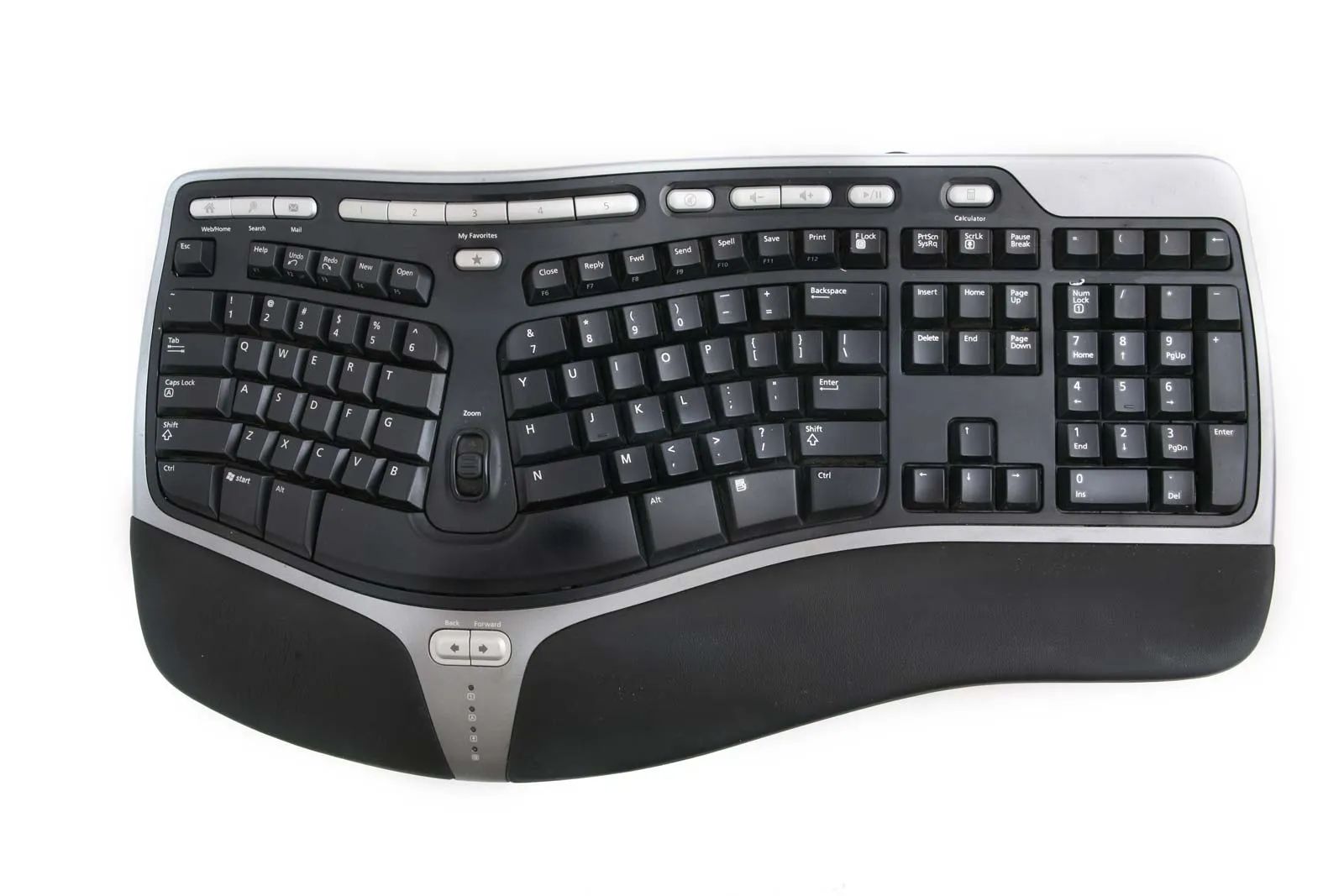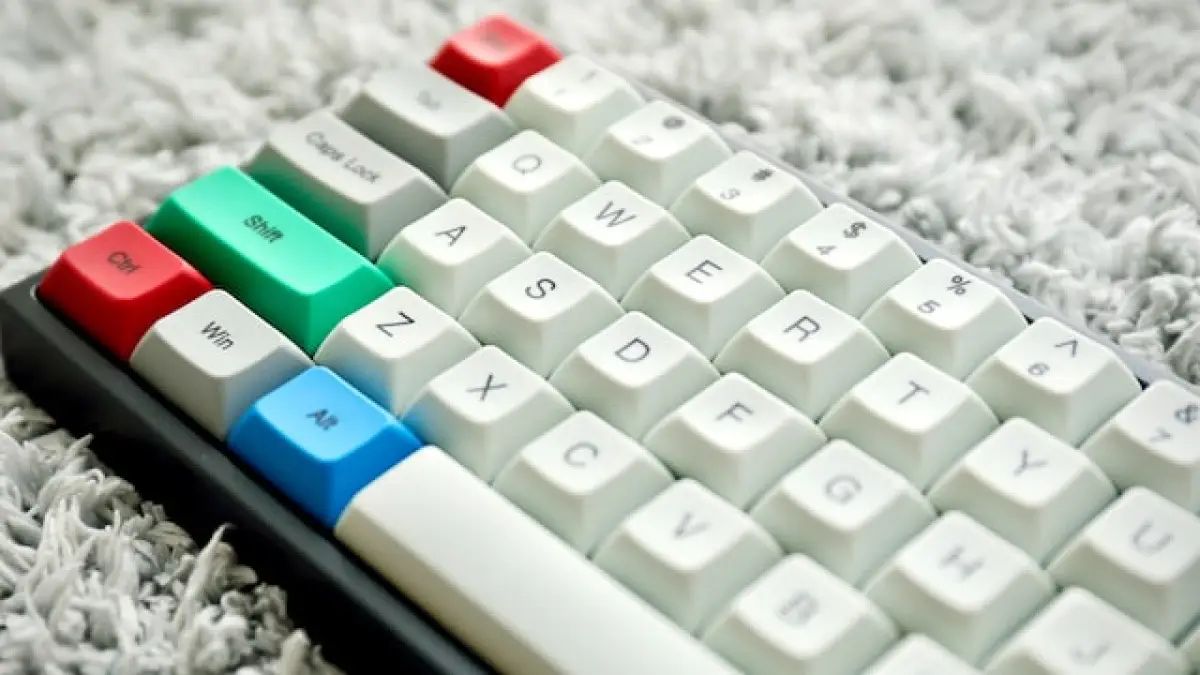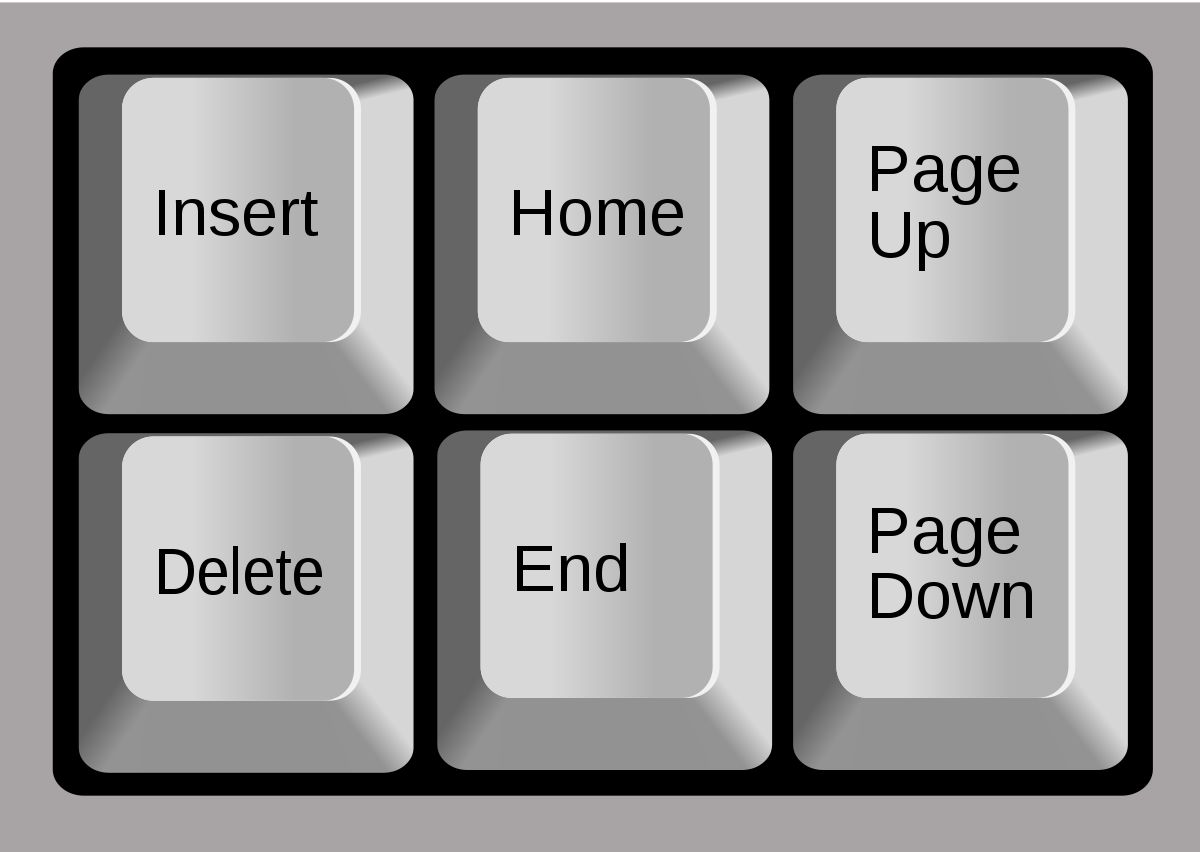Introduction
The advent of computers has revolutionized the way we work and communicate. And at the heart of every computer lies the keyboard – a vital tool that enables us to input information, interact with software, and express ourselves in the digital realm. Among the various keyboard layouts available today, the Qwerty keyboard stands out as the most widely used and recognized.
Named after the first six letters on the top left row of keys, the Qwerty keyboard was designed in the early 1870s by Christopher Latham Sholes, who was seeking a layout that would prevent the mechanical arms of typewriters from getting tangled. Interestingly, the Qwerty keyboard has stood the test of time and continues to dominate the market, despite the increasing popularity of alternative layouts.
In this article, we will delve into the history, layout, advantages, and disadvantages of the Qwerty keyboard. We will also explore alternative keyboard layouts that have emerged in recent years. By understanding the strengths and weaknesses of the Qwerty keyboard and alternative options, we can make informed decisions when choosing a keyboard layout that best suits our needs.
History of the Qwerty Keyboard
The Qwerty keyboard has a fascinating history that dates back to the late 19th century. It all began when Christopher Latham Sholes, a newspaper editor and printer, invented the typewriter in the 1860s. Sholes realized that the traditional alphabetical keyboard layout of the time caused mechanical arms to collide and jam frequently, slowing down the typing process. To address this issue, he set out to design a more efficient keyboard layout.
After extensive experimentation, Sholes came up with the Qwerty keyboard in the early 1870s. The layout featured a unique arrangement of keys that spread out commonly used letters and reduced the likelihood of jamming. The name “Qwerty” derived from the first six letters on the top left row of keys.
In 1873, Sholes partnered with the Remington Company to manufacture and market the Qwerty typewriter. The Remington Model 1, released in 1874, became the first commercially successful typewriter, solidifying the dominance of the Qwerty keyboard layout. Despite its unconventional arrangement, users quickly adapted to the Qwerty layout, and it became the industry standard.
The Qwerty keyboard gained popularity not only in typewriters but also in early computer keyboards. When computers were introduced, they inherited the Qwerty layout as users were already familiar with it. Over the years, technological advancements have led to the rise of computer keyboards as we know them today, but the Qwerty layout remains unchanged.
Despite its long-standing dominance, the Qwerty keyboard layout does have its detractors. Critics argue that the layout is inefficient and hinders typing speed due to its design, which was primarily aimed at preventing mechanical jams rather than optimizing typing efficiency. This has sparked the development of alternative keyboard layouts, which we will explore in more detail later in this article.
Layout of the Qwerty Keyboard
The Qwerty keyboard layout is characterized by its distinctive arrangement of keys, designed to optimize typing efficiency while reducing the likelihood of jamming in early typewriters. Although the layout may seem familiar and intuitive to most users, it’s worth exploring the specific keys and their organization on the Qwerty keyboard.
The Qwerty keyboard is divided into several sections. The topmost row, known as the number row, contains the numbers 1 to 0, along with special characters such as the exclamation mark and the dollar sign. This row is followed by the letter keys, arranged in four rows from top to bottom: Q to P, A to L, Z to M, and a row dedicated to the Shift and Enter keys.
The left-hand side of the keyboard includes frequently used keys like Tab, Caps Lock, Shift, and Control. On the right-hand side, you’ll find the Backspace key, which erases the character to the left of the cursor, as well as the Enter key for executing commands or moving to the next line. Additionally, function keys (F1 to F12) are located at the top of the keyboard and are used for executing specific functions in various applications.
The Qwerty keyboard also includes a separate numeric keypad at the right, which enables fast numerical input for tasks such as data entry or calculations. This is particularly useful for accountants, data analysts, and anyone working extensively with numbers.
Certain keys on the Qwerty keyboard have special functions. The Control and Alt keys, along with combinations of these keys, allow users to perform various shortcut commands. The Windows key, found on most modern keyboards, activates the Start menu or opens the Windows search function, providing quick access to applications and files.
Overall, the Qwerty keyboard layout has become deeply ingrained in our digital lives. Its familiar arrangement of keys has stood the test of time and is now a part of our daily routines. While alternative layouts have emerged, Qwerty continues to be the standard due to its widespread adoption and decades-long history.
Advantages of the Qwerty Keyboard
The Qwerty keyboard layout, despite its critics, offers several advantages that have contributed to its enduring popularity and widespread adoption. Let’s explore some of the benefits of using a Qwerty keyboard:
1. Familiarity: One of the key advantages of the Qwerty layout is its familiarity. Since it has been the standard keyboard layout for many years, most users are already accustomed to its arrangement. This makes it easier for individuals to transition between devices and maintain consistent typing skills.
2. Availability and compatibility: Whether you’re using a desktop computer, laptop, tablet, or smartphone, you’ll likely find a Qwerty keyboard layout. Its ubiquity means you don’t have to worry about finding a compatible keyboard, as Qwerty is the default layout on most devices and operating systems.
3. Wide range of resources and support: As the most popular keyboard layout, the Qwerty configuration has a wealth of resources available. From typing tutorials and online courses to troubleshooting guides and support forums, users can find ample assistance and guidance in improving their typing skills or resolving any issues they may encounter.
4. Ergonomic considerations: The Qwerty layout takes into account ergonomics by placing commonly used keys within reach of the user’s fingers. The arrangement aims to minimize hand movement, reducing strain and fatigue during long typing sessions.
5. Compatibility with shortcuts and software: Many software applications and operating systems are designed with Qwerty keyboard shortcuts in mind. This compatibility ensures a smooth and efficient workflow, as users can easily navigate menus and execute commands using familiar key combinations.
6. Continuous development and improvement: Despite its age, the Qwerty layout has not remained static. Over the years, manufacturers and designers have made subtle modifications and improvements to optimize its performance and address user feedback. These refinements enhance the overall typing experience on Qwerty keyboards.
While alternative keyboard layouts have gained traction, the Qwerty keyboard’s advantages continue to make it a reliable and practical choice for many users. Its widespread availability, compatibility, and familiarity make it an integral part of our digital lives.
Disadvantages of the Qwerty Keyboard
Despite its widespread usage and familiarity, the Qwerty keyboard layout is not without its critics. Let’s explore some of the disadvantages associated with the Qwerty layout:
1. Typing inefficiency: One of the primary criticisms of the Qwerty layout is its potential impact on typing speed and efficiency. The arrangement of keys is not optimized for the natural movement of fingers, which can result in increased finger travel and slower typing speeds compared to alternative layouts.
2. Hand strain and discomfort: Extended typing sessions on Qwerty keyboards can lead to hand strain and discomfort. The design of the layout may cause unnecessary finger stretching and awkward finger movements, potentially contributing to repetitive strain injuries and other typing-related issues.
3. Key clustering: The Qwerty layout clusters commonly used letters together in specific areas, leading to a phenomenon known as key clustering. This clustering can increase the likelihood of mistyping and hinder overall typing accuracy, as fingers tend to get tangled in the close proximity of keys.
4. Imbalanced finger load: The Qwerty layout places a heavier load on the index and middle fingers as they are responsible for typing the majority of letters. This unequal distribution of finger load can lead to muscle fatigue and potential overuse injuries over time.
5. Limitations for non-English languages: While the Qwerty layout is well-suited for the English language, it may present challenges for users typing in languages with different character sets or more complex phonetic patterns. This can result in inefficiency and slower typing speeds for non-English language users.
6. Stifling innovation: The dominance of the Qwerty layout has hindered the development and adoption of alternative keyboard layouts. While alternative layouts may offer improved typing efficiency and ergonomics, the widespread familiarity and compatibility of Qwerty keyboards have made it difficult for new layouts to gain traction.
Despite these disadvantages, the Qwerty keyboard layout continues to be the standard due to its long-standing history, familiarity, and widespread availability. Nonetheless, it’s important for users to be aware of these limitations and consider alternative layouts that may better suit their specific needs and typing preferences.
Alternative Keyboard Layouts
While the Qwerty keyboard layout has remained the standard for many years, several alternative keyboard layouts have emerged, aiming to address the limitations and improve upon the efficiency of typing. Let’s explore some of the notable alternative keyboard layouts:
1. Dvorak Simplified Keyboard: Designed in the 1930s by Dr. August Dvorak and his brother-in-law Dr. Samuel L. Johnson, the Dvorak Simplified Keyboard layout aims to increase typing speed and reduce finger movement. It places the most commonly used letters on the home row, making typing more efficient and comfortable. Despite its advantages, the Dvorak layout has struggled to gain widespread adoption due to the dominance of Qwerty keyboards.
2. Colemak: Introduced in 2006, Colemak is a modern alternative layout that retains most of the Qwerty layout’s familiar key positions while optimizing hand and finger movement. It places commonly used keys on the home row and employs a symmetrical design to promote balanced finger usage. Colemak offers a smooth transition from the Qwerty layout and has gained a modest following among typing enthusiasts seeking an improved typing experience.
3. Workman: Developed in 2010 by OJ Bucao, the Workman layout aims to reduce typing effort and finger movement by placing the most frequently used keys on the strongest and most comfortable fingers. It prioritizes alternating between hands and employs a unique ergonomic approach to optimize typing speed and comfort. The Workman layout emphasizes comfort and efficiency while adapting to the natural movement patterns of the fingers.
4. Maltron: The Maltron keyboard layout, designed with ergonomics in mind, features a curved key arrangement to reduce hand and finger strain. It places the most frequently used keys within easy reach and promotes a symmetrical finger load. The unconventional shape of the Maltron keyboard allows for a more natural and comfortable typing experience, decreasing the risk of repetitive strain injuries.
5. ErgoDox: The ErgoDox keyboard is an ortholinear layout that focuses on ergonomics and customization. It consists of two separate halves, allowing users to position the keyboard based on their comfort and hand positioning. The ErgoDox layout can be highly customizable, accommodating individual preferences and providing a more ergonomic typing experience.
While these alternative keyboard layouts offer potential advantages in terms of typing efficiency, ergonomics, and customization, their adoption and mainstream use have been limited. The dominance of the Qwerty layout, compatibility issues, and the need for users to undergo a learning curve are some of the factors that have hampered widespread adoption of these alternative layouts.
Ultimately, the choice of keyboard layout depends on individual preferences and requirements. Exploring and experimenting with alternative keyboard layouts can lead to a more comfortable and efficient typing experience for those willing to invest the time and effort.
Conclusion
The Qwerty keyboard layout has become iconic, being widely recognized and used for over a century. Despite its limitations, it continues to dominate the market due to its familiarity, compatibility, and extensive resources available to users. However, alternative keyboard layouts have emerged, offering potential improvements in typing efficiency, ergonomics, and customization.
History has shown that the Qwerty keyboard layout has endured the test of time, adapting and evolving alongside technological advancements. Its wide availability and compatibility make it the default choice for most users. However, it’s important to note that alternative layouts, such as the Dvorak, Colemak, Workman, Maltron, and ErgoDox, provide viable options for those seeking enhanced typing experiences.
Each alternative keyboard layout has its own strengths and weaknesses, focusing on different aspects such as comfort, ergonomics, and efficient finger movement. However, user adoption of these layouts has been limited due to the dominance and familiarity of Qwerty keyboards, compatibility issues, and the need for users to undergo a transitional period of learning and adjustment.
While the Qwerty layout may not be perfect, its advantages, including familiarity, availability, and compatibility, cannot be overlooked. For most users, its benefits outweigh the potential drawbacks. However, it’s essential to be aware of the limitations and consider alternative layouts if specific needs or preferences require a more efficient and ergonomic typing experience.
In the end, the choice of keyboard layout is a personal one, influenced by factors such as typing proficiency, comfort, and individual requirements. Whether sticking with the Qwerty layout or exploring alternative options, what matters most is finding a keyboard layout that enables efficient, comfortable, and enjoyable typing.







